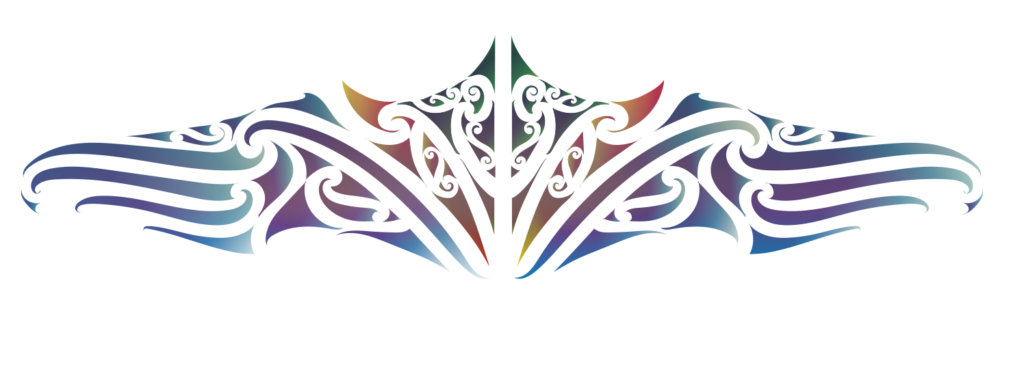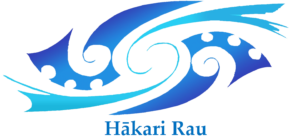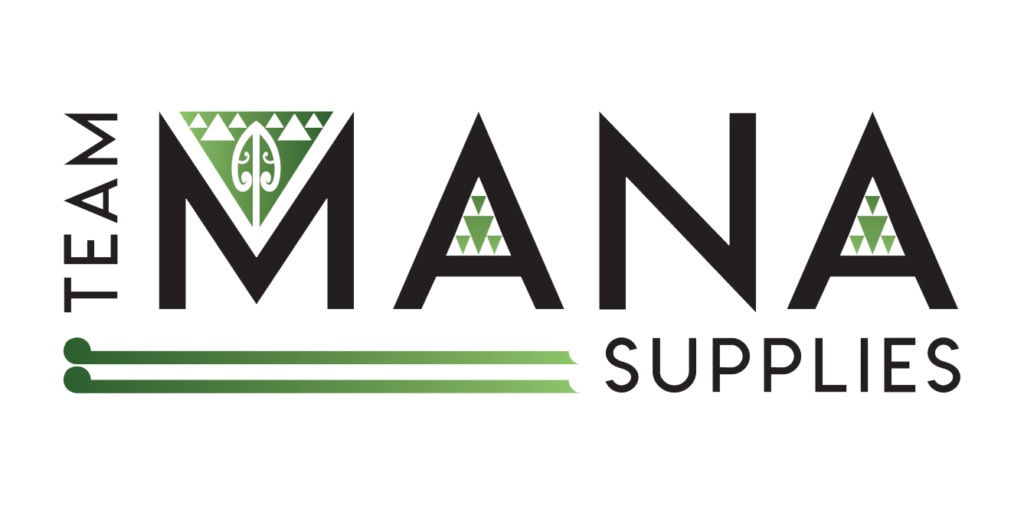Mahinga Kai Meets Planning Documents – Whaka-Ora Healthy Harbour Case Study
Mahinga kai is one of the cornerstones of Ngāi Tahu identity. In this post-settlement era, Crown, Councils, and other organisations in Te Waipounamu often strive to include Ngāi Tahu values – such as mahinga kai – into various planning documents and project scopes in an attempt to be culturally responsive. However, broad and diverse concepts such as mahinga kai often do not filter down to a practical level – they are left at a high strategic or principle level with little tangible outcomes later in the plan, or cease to be mentioned again after the “Treaty Partnership” section.
The Whaka-Ora Healthy Harbour Plan is an example of mana whenua refusing to let this happen again. This catchment management plan for Whakaraupō Lyttleton Harbour was intended to have mahinga kai improvements as a key objective, as part of a plan addressing the ecological and cultural health of the harbour, and the needs of recreational users and a working port. This presentation explores how Te Hapū o Ngāti Wheke ensured that mahinga kai values and outcomes remained central to this plan, and influenced all sections in a tangible, meaningful way from the high level values through to the individual actions the plan looks to implement.
Whaka-Ora Health Harbour was written by the Whaka-Ora Partnership – Te Hapū o Ngāti Wheke, Lyttleton Port Company, Environment Canterbury, Te Rūnanga o Ngāi Tahu, and Christchurch City Council. The plan was acknowledged this year by the New Zealand Planning Institute with an award for Best Practice in non-statutory planning.




